ACL
Reconstruction
- Home
- Conditions We Treat
- Knee
- ACL Reconstruction
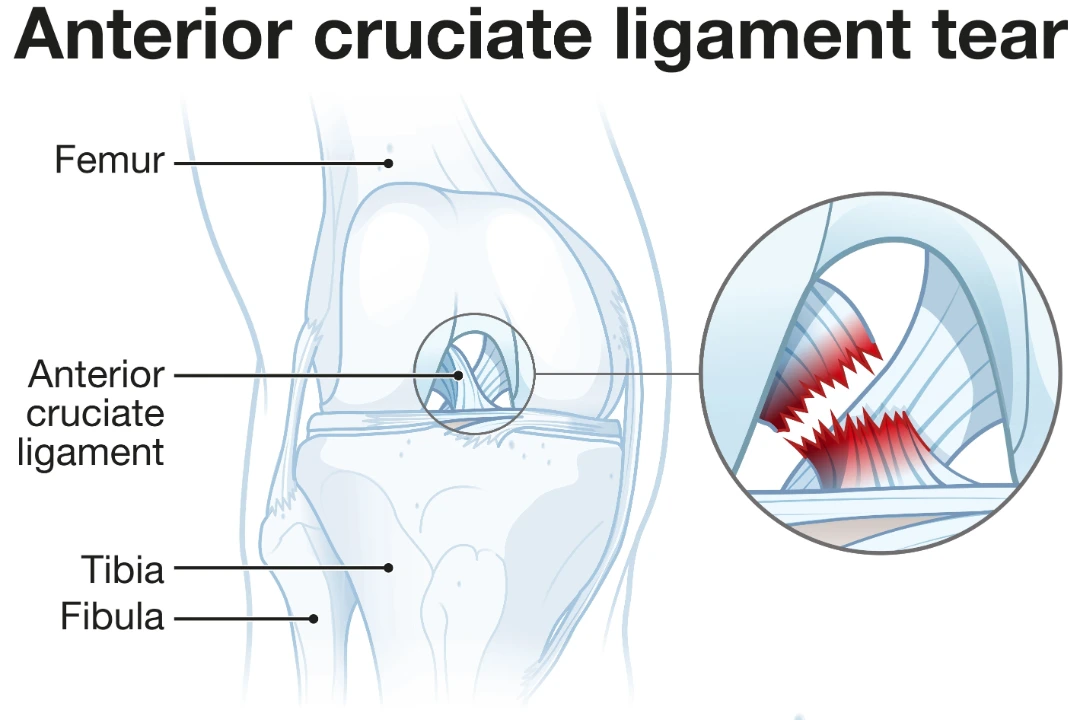
What is
ACL reconstruction?
ACL reconstruction is a surgical procedure used to repair a torn anterior cruciate ligament (ACL), one of the major ligaments in the knee. The ACL is responsible for stabilising the knee joint, especially during activities that involve sudden stops, pivots, or changes in direction. When the ACL is torn, it often leads to knee instability, pain, and difficulty in performing physical activities.
The surgery involves removing the damaged ligament and replacing it with a graft, typically taken from the patient’s own tendons (like the patellar tendon or hamstring tendon) or from a donor. The graft serves as a scaffold for new ligament tissue to grow and eventually restore knee stability. After the surgery, a rehabilitation program is crucial for regaining strength, mobility, and full knee function.
ACL reconstruction is most commonly performed in athletes or individuals with active lifestyles who wish to return to sports or activities that place high demands on the knee joint.
How does ACL reconstruction work?
ACL reconstruction works by replacing the torn ligament in the knee with a graft, which acts as a substitute ligament. During the procedure, the surgeon first removes the damaged ACL remnants and then harvests a graft, often taken from the patient’s own hamstring or patellar tendon, or sometimes from a donor.
Small incisions are made in the knee to insert the graft, which is carefully positioned where the original ligament was located. The graft is anchored to the bone using screws or other fixation devices to ensure that it stays in place while healing. Over time, the body integrates the graft into the knee, which allows new ligament tissue to grow and strengthen. This process restores stability and function to the knee joint. Post-surgery rehabilitation is essential for full recovery, as it helps improve range of motion, strength, and stability in the knee.
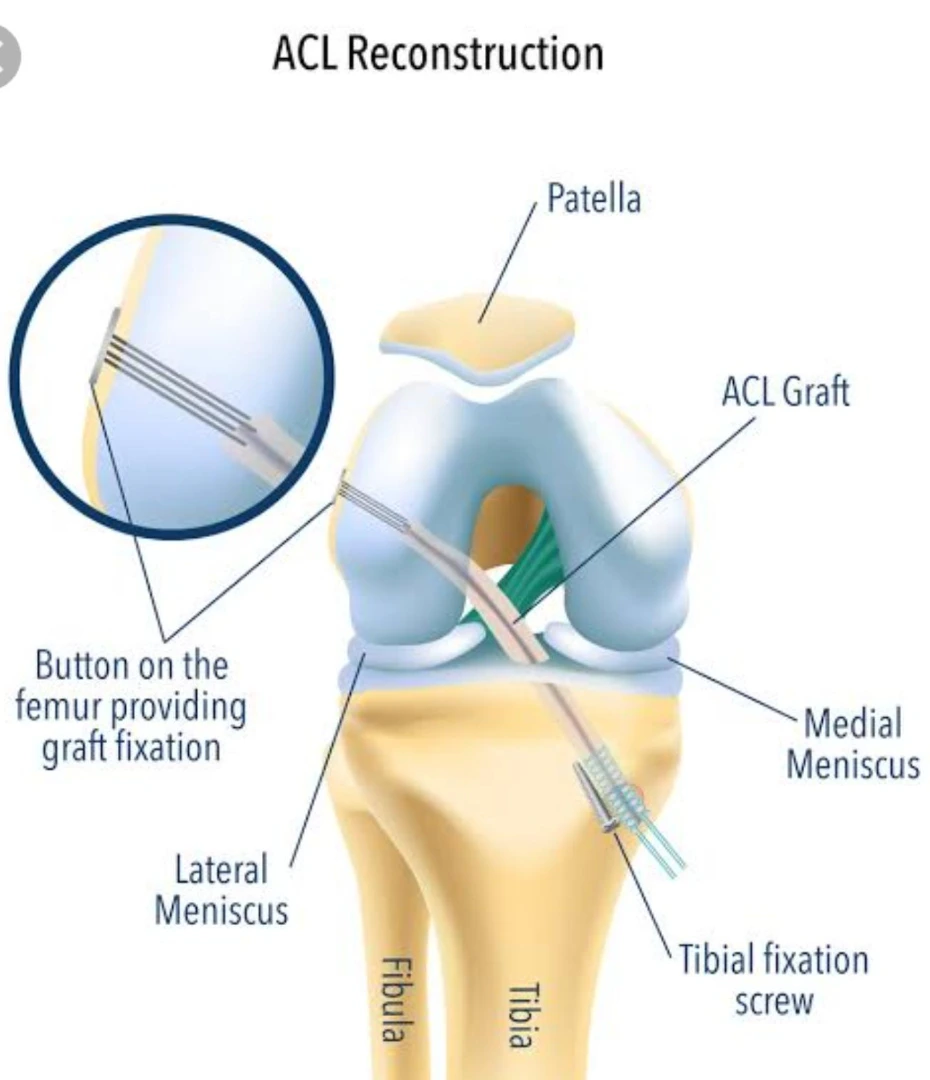
What are the benefits of ACL reconstruction?
ACL reconstruction offers significant benefits, especially for individuals who lead active lives or participate in sports. The procedure restores knee stability, which allows patients to return to physical activities with confidence and reduced risk of further injury. It also helps prevent long-term complications, such as chronic knee instability or damage to other knee structures. Below are the key benefits:
- Restored knee stability: replacing the torn ACL with a graft improves the knee’s ability to handle sudden movements and pivoting.
- Reduced risk of further injury: the procedure helps protect the knee from additional damage to other ligaments or cartilage that could occur with an unstable knee.
- Return to sports and physical activity: many patients, particularly athletes, are able to safely return to their pre-injury level of physical activity after completing rehabilitation.
- Pain relief: reconstructing the ACL often alleviates pain caused by the instability and associated damage in the knee joint.
- Improved quality of life: with restored knee function, patients can engage in daily activities without fear of their knee giving way, which helps improve their overall mobility and quality of life.
- Prevention of further degeneration: proper knee function can reduce the risk of developing osteoarthritis and other degenerative conditions that may arise from chronic instability.
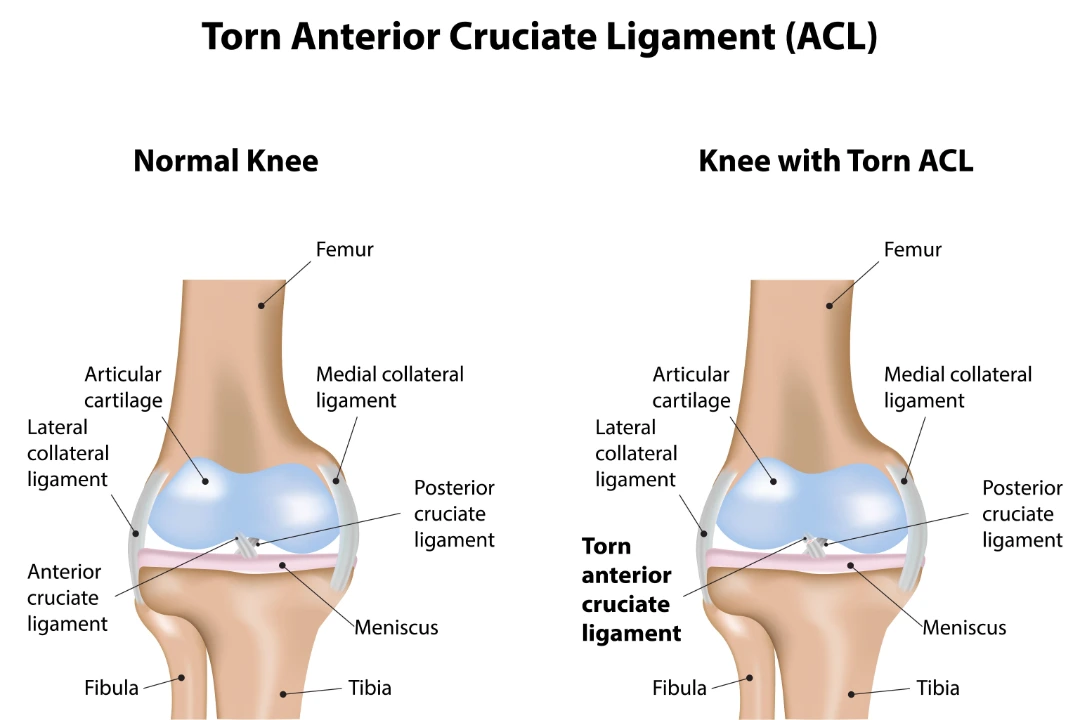
What conditions can ACL reconstruction treat?
ACL Reconstruction primarily treats injuries to the anterior cruciate ligament (ACL), specifically when it has been torn or severely damaged. However, it is most beneficial in cases where knee stability is compromised, which causes difficulty in performing certain activities or sports. Below are the key conditions that ACL Reconstruction can treat:
- ACL tears: the most common condition treated by ACL reconstruction is a complete or partial tear of the ACL, often resulting from sports-related activities or accidents that involve sudden stops, pivots, or changes in direction.
- Chronic knee instability: in cases where the knee is unstable due to an ACL tear, the reconstruction helps restore stability, which prevents the knee from giving way during movements like running, jumping, or turning.
- Recurrent knee injuries: individuals who experience repeated knee injuries due to a weakened or torn ACL can benefit from reconstruction to prevent further damage to other knee structures, like the meniscus or other ligaments.
- Cartilage or meniscus damage: ACL injuries are often associated with damage to the cartilage or meniscus. Reconstruction can stabilise the knee and prevent further damage to these structures.
- Post-traumatic knee pain: people suffering from persistent knee pain after ACL injuries, especially if it is caused by knee instability, can find relief with reconstruction surgery.
- Athletes and active individuals: for those looking to return to high-impact sports or physically demanding activities, ACL reconstruction is often recommended to restore full function and reduce the risk of future injuries.
What results can I expect?
When you enter Cove Orthopaedic for ACL reconstruction, our team will ensure you are well-prepared and informed about every step of the process. From your initial consultation, where our experienced orthopedic specialists evaluate your knee condition and discuss treatment options, to the day of the surgery, you will be guided with care and professionalism.
During the surgery, our surgeons will replace your damaged ACL with a graft with precision to help restore stability to your knee. You can expect the procedure to last about 1-2 hours, and most patients are able to go home the same day, though you will need someone to assist you.
After the surgery, the recovery process begins immediately. We will provide detailed instructions for post-operative care, including pain management, wound care, and physical therapy. The first few weeks are crucial, as you focus on reducing swelling and regaining motion in the knee. Physical therapy plays a key role in your recovery, as it will help you gradually build strength and stability. Most patients return to daily activities within 2-3 months, while returning to sports or high-intensity physical activities typically occurs between 6-12 months, depending on the individual’s progress.
By the end of your recovery journey, you can expect improved knee stability, reduced pain, and the ability to confidently return to your favorite activities without the fear of your knee giving out.
How many ACL reconstruction procedures will I need?
Typically, ACL reconstruction is a one-time surgical procedure. Once the surgery is successfully completed and followed by proper rehabilitation, most patients do not require additional procedures for the same injury. The goal of ACL reconstruction is to restore knee stability and function with a single surgery.
However, the success of the procedure greatly depends on the patient’s commitment to the post-operative recovery plan, which includes physical therapy to strengthen the knee and regain full range of motion. In rare cases where complications arise or the graft does not heal as expected, a revision surgery might be needed, but this is uncommon. For the vast majority of patients, one ACL reconstruction, combined with a structured rehab program, is sufficient to regain an active and stable lifestyle.
If you are dealing with a torn ACL and looking for a way to regain your mobility and confidence, reach out to Cove Orthopaedic to explore your options for effective, expert treatment.
Conditions We Treat



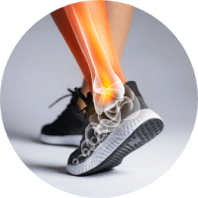
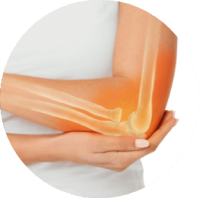
Frequently asked questions
How long will it take to fully recover from ACL reconstruction surgery?
Recovery can vary based on individual factors, but it typically takes about 6 to 12 months to regain full knee function. Commitment to physical therapy and a gradual return to activities are key factors that influence the recovery timeline.
When can I return to sports after ACL reconstruction?
Most athletes can start sport-specific training after 8 to 9 months, but it could take over a year before you are cleared for full contact sports. Your surgeon will evaluate your progress and give clearance based on how well your knee has healed.
What can I do to minimise pain and discomfort post-surgery?
Using ice packs, elevating your leg, and taking prescribed pain medications can help manage pain. Following your surgeon’s advice on rest and rehabilitation is crucial for managing discomfort and promoting healing.
Will I need to use crutches or a knee brace after ACL reconstruction surgery?
Yes, most patients need crutches for 1 to 2 weeks after surgery. A knee brace may be recommended for additional support during the early stages of recovery, especially while walking.
What are the risks associated with ACL reconstruction surgery?
Although ACL reconstruction is generally safe, potential risks include infection, blood clots, and knee stiffness. In rare cases, there may be nerve damage or excessive scar tissue, which could limit knee movement.
What type of graft will be used for my ACL reconstruction?
Your surgeon will discuss options such as autografts (from your own body) or allografts (from a donor). Autografts, especially from the patellar or hamstring tendons, are commonly recommended for younger and more active patients due to their strength and lower failure rates.
How soon can I drive after ACL reconstruction surgery?
Most patients can resume driving within 4 to 6 weeks, provided they no longer need narcotic pain medications and have regained adequate control of their knee.
What exercises should I avoid after ACL reconstruction?
Avoid exercises that place strain on the quadriceps in the early stages of recovery. Your physical therapist will guide you on safe exercises to strengthen your knee without jeopardising the graft.



